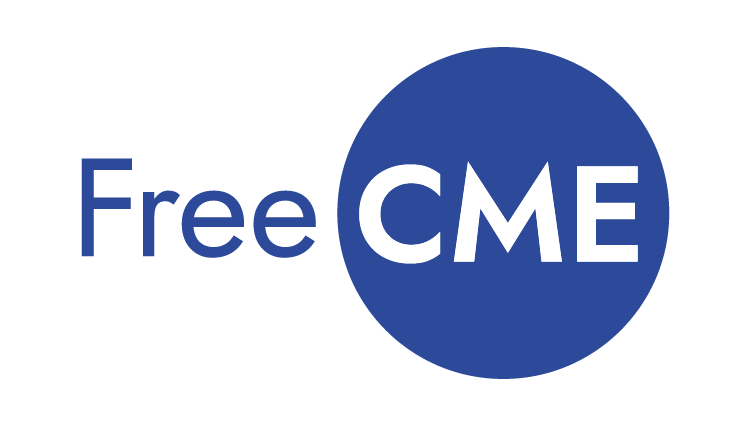Prone Positioning in Acute Respiratory Distress Syndrome
A review of the potential benefits and uses of prone positioning in patients with acute respiratory distress syndrome
This is a summarized version of the full in-depth article on Relias Media.
By Jane Guttendorf, DNP, CRNP, ACNP-BC, CCRN
Assistant Professor, Acute & Tertiary Care, University of Pittsburgh, School of Nursing
Historical Context and Evolution of Prone Positioning
Prone positioning for managing acute respiratory distress syndrome (ARDS) was first recognized in 1976, with studies noting improvements in oxygenation but no significant reduction in mortality. A study by Gattinoni et al. in 2001 confirmed improved oxygenation in ARDS patients prone-positioned for seven hours daily over ten days, showing enhanced PaO2 and PaO2/FiO2 (P/F) ratios but no significant mortality benefit. However, this study preceded key advancements in ARDS management, including the Berlin definition of ARDS and low tidal volume ventilation strategies. Renewed interest in proning emerged following these advancements.
The 2013 PROSEVA trial by Guerin et al. demonstrated a significant survival benefit from prone positioning in severe ARDS patients. This unblinded, randomized controlled trial (RCT) enrolled 466 subjects, assigning them to prone or supine groups. The prone group was ventilated with low tidal volumes (6 mL/kg), positive end-expiratory pressure (PEEP) ≥ 5 cm H2O, and a minimum FiO2 of 60%. Patients were proned for at least 16 hours daily. Mortality at day 28 was 16% in the prone group versus 32.8% in the supine group (P < 0.001), with the benefit persisting at 90 days.
Systematic Reviews and Meta-Analyses
Since the PROSEVA trial, several systematic reviews have evaluated prone positioning in ARDS management. A 2015 Cochrane review of 10 studies involving 2,165 participants found a trend toward improved mortality in prone patients, especially in those proned for 16 or more hours per day and those with severe hypoxemia. Munshi et al. similarly found no significant overall mortality difference between prone and supine groups in their review of eight RCTs but noted improved outcomes in patients proned for at least 12 hours and those with moderate to severe ARDS.
Dalmedico et al. reviewed seven studies published between 2014 and 2016, observing reduced mortality in at least four of them when proning was combined with protective ventilation in severe ARDS. Another review highlighted a significant reduction in 28-day mortality with prone positioning in moderate to severe ARDS patients.
Physiological Benefits of Proning
Prone positioning offers several physiological advantages in ARDS, improving gas exchange and reducing ventilator-induced lung injury (VILI). Pulmonary blood flow is preferentially directed to dependent lung fields, such as dorsal and basal segments. In ARDS, supine positioning often results in overinflation of anterior alveoli, increasing the risk of VILI. Proning improves ventilation-perfusion matching, as the dependent alveoli are better ventilated while maintaining blood flow. Some patients may experience improved carbon dioxide (CO2) clearance and enhanced cardiac output due to reduced pulmonary vascular resistance.
Patient Populations That Benefit from Proning
Prone positioning is most beneficial for patients with severe ARDS, defined by a P/F ratio between 100 and 150 mmHg, particularly when initiated early in the disease course. Patients on moderate to high PEEP (5-10 cm H2O) and those who can tolerate 16 hours or more of prone therapy daily also show favorable outcomes. Proning helps direct ventilation to dependent alveoli, minimizing VILI associated with high PEEP strategies. Additionally, there is emerging evidence supporting prone positioning for ARDS patients with COVID-19, with prolonged trials (up to 36 hours) showing improved oxygenation and P/F ratios.
Contraindications and Complications
There are few absolute contraindications to prone positioning. However, patients with facial, spinal, or pelvic fractures, increased intracranial pressure, or advanced pregnancy may not tolerate proning well. While obesity is not a contraindication, obese patients may face challenges due to increased intra-abdominal pressure. Despite these challenges, obese patients may still derive significant benefit from proning.
Complications related to proning include hemodynamic instability, accidental extubation, and pressure injuries, particularly on the face and bony prominences. Delayed complications such as brachial plexus injury, cranial nerve dysfunction, and ocular pressure injuries can also occur. Meticulous attention to patient positioning, padding, and the use of pressure-relief devices is critical to minimize these risks.
Summary
Prone positioning is a valuable adjunctive therapy in the management of severe ARDS, improving oxygenation and, in recent studies, demonstrating a survival benefit. Despite the risks associated with the procedure, proper planning, preparation, and patient care can mitigate complications, making it a key tool in critical care management.
Read the full in-depth article on Relias Media
We discuss prone positioning in ARDS in more detail and include detailed charts and tables in our full write-up on Relias Media.
